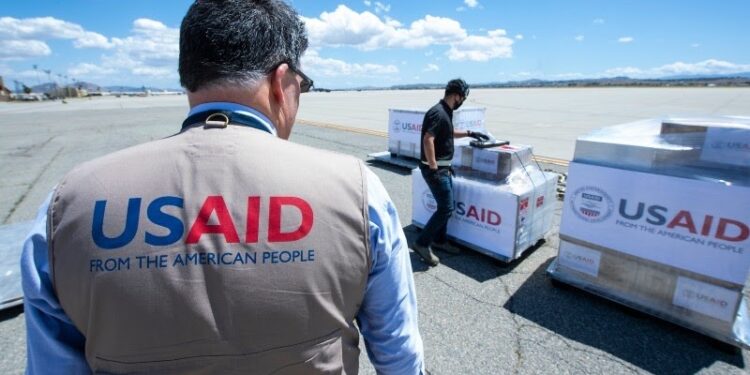The Trump administration has announced a mass layoff of 1,600 U.S.-based employees at the U.S. Agency for International Development (USAID), effective 11:59 p.m. EST, February 23, 2025.
Additionally, the majority of remaining USAID staff will be placed on paid administrative leave, excluding only core leadership, essential personnel, and those handling mission-critical functions.
Details of the Layoff and Restructuring
- The layoffs are part of a broader reduction-in-force plan aimed at cutting USAID’s U.S. workforce.
- Essential personnel will be notified by 5 p.m. EST on the same day.
- For overseas staff, USAID plans a voluntary return travel program and additional benefits to assist with the transition.
Background and Reasons for the Cut
The Department of Government Efficiency (DOGE), led by Elon Musk, has been pushing for reforms at USAID.
Earlier this month, President Trump accused USAID of “tremendous fraud” and “unprecedented levels of corruption”, calling for its shutdown.
The administration aims to reduce USAID’s global workforce from over 10,000 to fewer than 300, representing a 97% cut.
Legal Challenges and Court Rulings
- February 4: USAID issued an initial notice to place employees on administrative leave by February 7.
- February 7: Judge Carl Nichols of the U.S. District Court for D.C. temporarily blocked the plan following a request by U.S. labor unions.
- February 21: The court dismissed the union’s request, clearing the way for the Trump administration to proceed.

This ruling also starts a 30-day countdown for USAID employees stationed abroad to return to the U.S. at the government’s expense.
Impact on Foreign Aid and Global Programs
Since January 20, President Trump has paused foreign aid, affecting programs supporting:
- Starvation relief
- Healthcare for deadly diseases
- Shelter for displaced persons
Exceptions totaling $5.3 billion have been approved, primarily for:
- Security initiatives
- Counter-narcotics programs
By contrast, USAID’s humanitarian programs received less than $100 million in exemptions—a sharp decline from the $40 billion managed annually before the freeze.
Implications Moving Forward
This drastic reduction in USAID’s workforce and funding raises concerns over:
- The future of U.S.-backed humanitarian projects globally.
- Economic and social consequences in developing countries heavily reliant on U.S. foreign aid.
- Diplomatic relations between the United States and partner nations, especially in regions facing humanitarian crises.
The global development community is closely watching the long-term impact of this unprecedented restructuring of the United States’ foreign assistance strategy.



